This article needs additional citations for verification .(May 2023) |
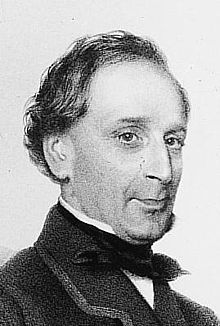
Georg Sigl (13 January 1811, Breitenfurt bei Wien - 9 May 1887, Vienna) was an Austrian mechanical engineer and entrepreneur.
This article needs additional citations for verification .(May 2023) |

Georg Sigl (13 January 1811, Breitenfurt bei Wien - 9 May 1887, Vienna) was an Austrian mechanical engineer and entrepreneur.
Sigl studied to be a locksmith, but later moved to Berlin where, in 1844, he established a small factory for the construction of printing presses. In 1846, he founded a second factory in Vienna.[ citation needed ]
In 1851, he moved the company to Währinger Straße (then on the outskirts of the city), where he manufactured steam locomotives such as the SStB – Gutenberg. In the early 1870s, he produced the first compaction-free, two-stroke locomotive engines, designed by automotive pioneer Siegfried Marcus. In 1861, he leased the Wiener Neustädter Lokomotivfabrik from the Creditanstalt and, by 1867, was its owner. It became the largest factory of its kind in the Empire and, by 1870, had produced its 1000th locomotive.[ citation needed ]
In addition to the locomotive trade, his factories also produced oil presses, marine engines, architectural support structures and equipment for amusement park rides. In 1872, he introduced the "Straßenlokomotive" (road locomotive), that looked like a steam roller and was put to use as a tow truck.[ citation needed ]
During the Panic of 1873, Sigl lost all of his holdings except his original Vienna factory. The Wiener Neustädter Lokomotivfabrik became a public company.[ citation needed ]


Raxwerke or Rax-Werke was a facility of the Wiener Neustädter Lokomotivfabrik at Wiener Neustadt in Lower Austria. During World War II, the company also produced lamps for Panzer tanks and anti-aircraft guns. Two Raxwerke plants employed several thousand forced laborers from the Mauthausen-Gusen concentration camp.

The SStB - Gutenburg was a steam locomotive of the Südlichen Staatsbahn (SStB) or Southern National Railway of Austria-Hungary.
Adolph Giesl-Gieslingen was an Austrian locomotive designer and engineer.
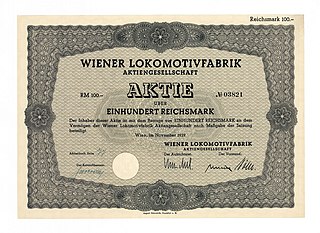
Lokomotivfabrik Floridsdorf was an Austrian locomotive works founded on 6 September 1869 that achieved a pre-eminent place amongst European locomotive builders thanks to the quality and diversity of its designs.

The BBÖ 114 was a class of one Austrian three-cylinder 2-8-4 express train steam locomotive.

The steam locomotive class kkStB 429 was a class of passenger locomotive operated by the Imperial Royal Austrian State Railways, kkStB.

The steam locomotives of Südbahn Class 23 (old) were goods train engines worked by the Austrian Southern Railway.
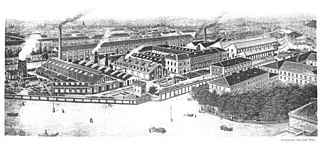
In 1839 the Lokomotivfabrik der StEG became the first Austrian locomotive works to be founded and it produced many influential locomotive designs.
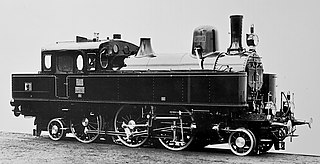
The kkStB 229 was a class of passenger 2-6-2 tank engines with the Imperial Royal Austrian State Railways, kkStB.

John Haswell was a Scottish engineer and locomotive designer.

The Wiener Neustädter Lokomotivfabrik was the largest locomotive and engineering factory in the Austro-Hungarian Empire. During World War II the company produced armaments as part of Rax-Werk Ges.mbH which was associated with the Mauthausen concentration camp.
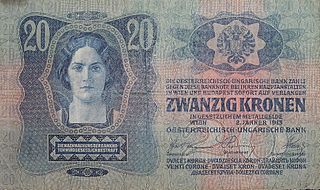
The economy of Austria-Hungary changed slowly during the existence of the Dual Monarchy, 1867-1918. The capitalist way of production spread throughout the Empire during its 50-year existence replacing medieval institutions. In 1873, the old capital Buda and Óbuda merged with the third city, Pest, thus creating the new metropolis of Budapest. The dynamic Pest grew into Hungary's administrative, political, economic, trade and cultural hub. Many of the state institutions and the modern administrative system of Hungary were established during this period.

The Indian Railways WG class was a type of broad gauge 2-8-2 goods locomotive introduced in the 1950s. 2,450 of the class were built between 1950 and 1970.

The kkStB 30 were a class of 2-6-2T locomotives designed by Karl Gölsdorf for use of the Vienna Stadtbahn of the Imperial Royal Austrian State Railways. They were specifically designed for use on the inner-city routes of the Vienna Stadtbahn, where they hauled trains of up to ten of the Stadtbahn's 4-wheeled carriages. They were built by Lokomotivfabrik Floridsdorf, Wiener Neustädter Lokomotivfabrik and Lokomotivfabrik der StEG between 1895 and 1901.

The kkStB 270 was a class of 2-8-0 locomotives with the Imperial Austrian State Railways, kkStB.

The Ferrovie dello Stato Italiane Class 420, formerly SFAI Class 1200, Rete Adriatica Class 420 and Rete Mediterranea Class 480, was a 0-8-0 steam locomotive.
Maximilian Moritz Schröter was a German industrial engineer and university professor of thermodynamics and the theory of machines.
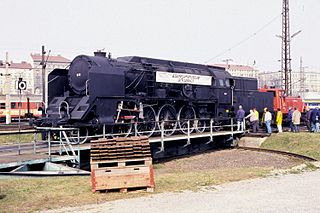
The BBÖ 214 were a class of 13 Austrian 2-8-4 express train steam locomotives of the Federal Railways of Austria. They were the largest steam locomotives ever built in Austria and the most powerful express locomotives with the longest connecting rods that existed in Europe at that time. To date, the 214 has the longest connecting rods in the world. During test runs, a locomotive reached a speed of 155 km/h.
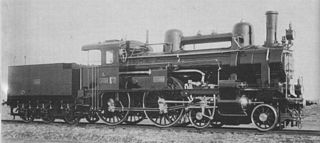
The kkStB 6 was a class of 68 express passenger 4-4-0 locomotives of the Imperial Royal Austrian State Railways.
The Alsace-Lorraine A 3 was a class of German 2-4-0 express passenger locomotives. In 1906 the Imperial Railways in Alsace-Lorraine reclassified them as P 2.